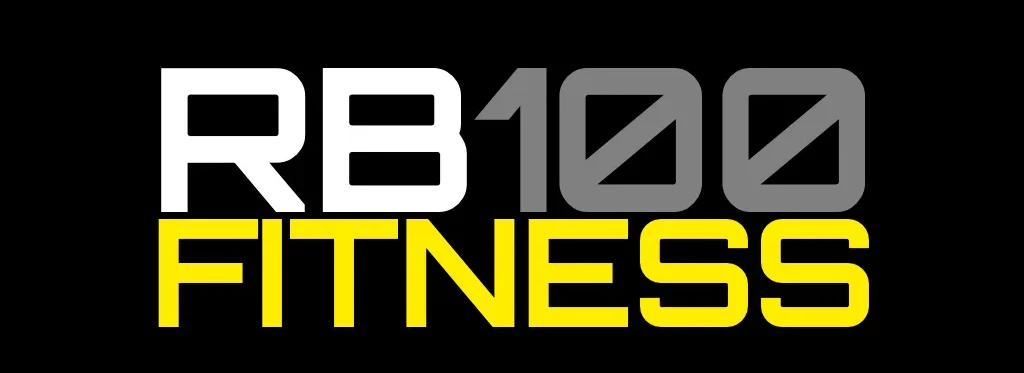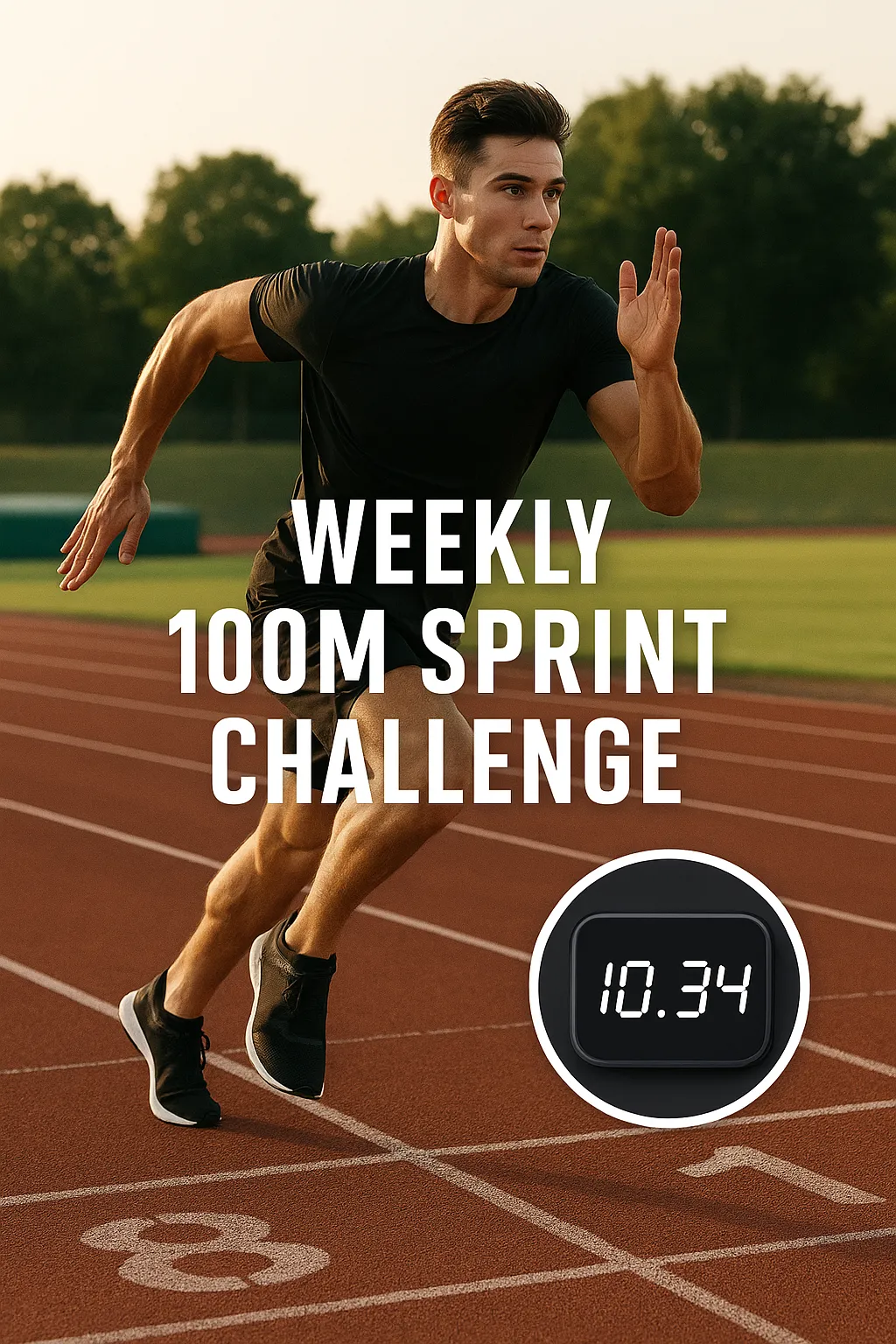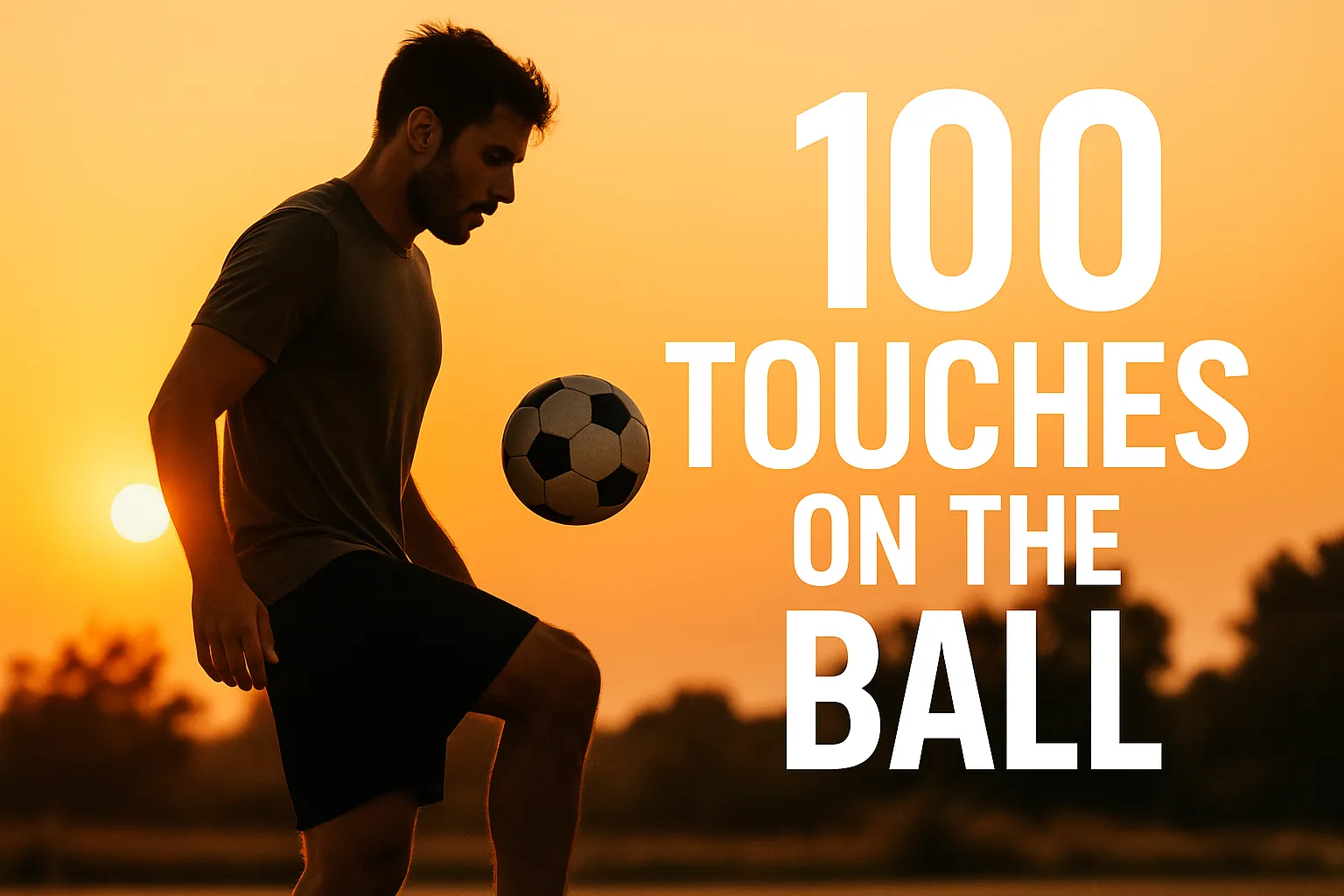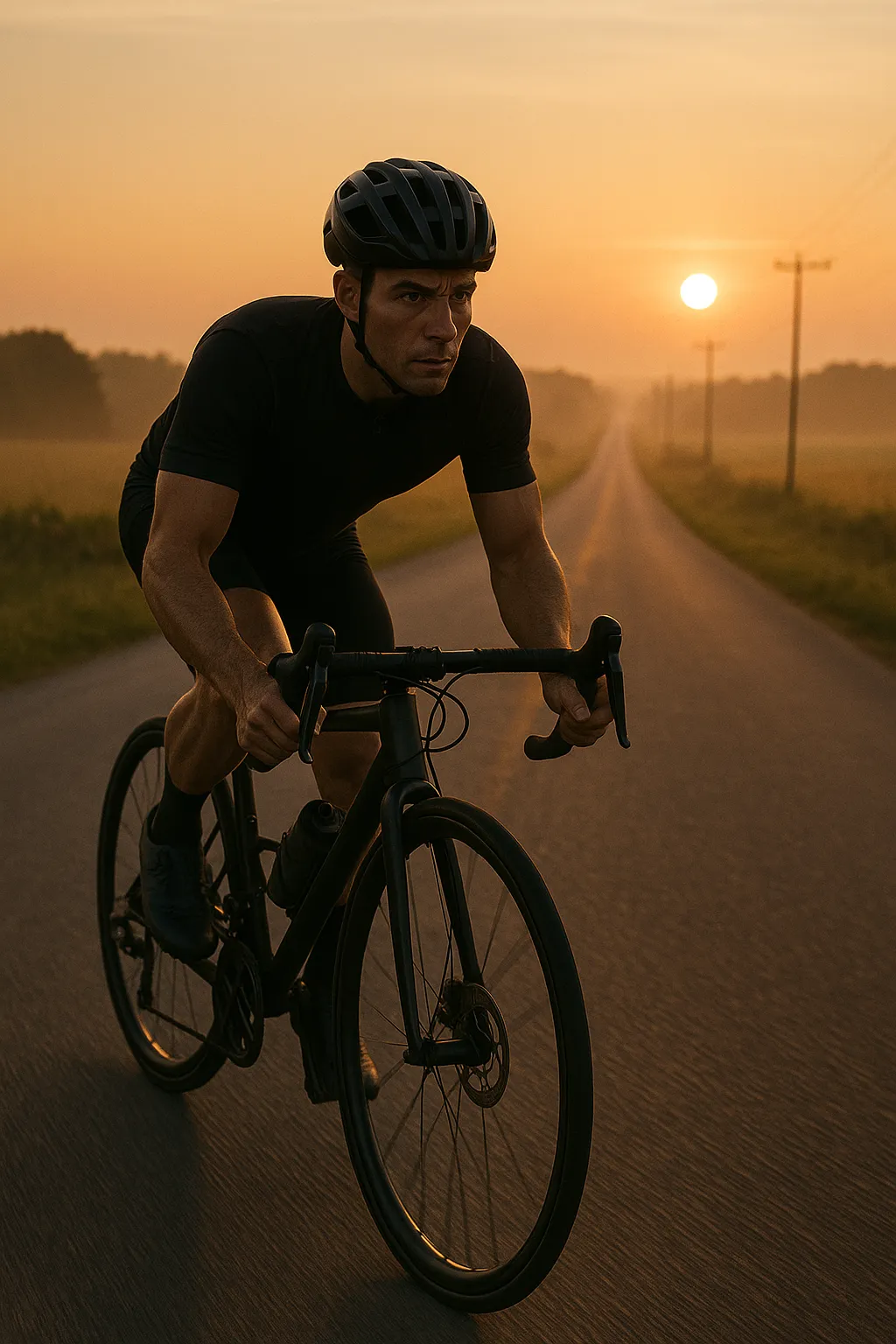Most athletes know how to train hard. Fewer know how to rest well.
After years of competition and coaching, I’ve learned that recovery isn’t the opposite of effort it’s what allows effort to exist.
When I represented Team GB in freestyle skiing at the 1998 Winter Olympics, I used to think the best athletes were the ones who trained the hardest. But over time, I realised the real winners were those who knew when to stop, reset, and return stronger.
The myth of constant hustle
In today’s fitness culture, rest is often mistaken for weakness. Social media celebrates the “no days off” mentality, but elite performance doesn’t come from exhaustion it comes from adaptation.
Your muscles don’t grow in the gym; they grow after the gym. Training breaks the body down, but recovery builds it back stronger. That cycle applies equally to mental resilience. Constant output without pause leads to diminishing returns and eventually, burnout.
“Data doesn’t lie.” — RB100.Fitness. Look at your metrics: if you’re training but not improving, it’s not your effort that’s missing. It’s your recovery.

The physiology of recovery
Effective recovery is an active process. Sleep, nutrition, hydration, and mindset all play their part. During deep rest, the body releases growth hormone, repairs tissue damage, and recalibrates the nervous system.
Neglecting these phases leads to chronic fatigue, elevated cortisol, and poor cognitive function the silent killers of consistency.
If you’re serious about performance, schedule recovery like training.
- Sleep: 7–9 hours, non-negotiable.
- Nutrition: Prioritise protein and micronutrients post-training.
- Mobility: Gentle movement keeps blood flow high and joints healthy.
- Reflection: Log your sessions, track progress, and identify stress points.
For more on data-driven recovery, explore Habits, Tech & Mindset on RB100.Fitness, where we break down practical recovery tools that merge technology with training insight.
The mental side of recovery
After high-pressure events, I’d often feel mentally exhausted even when my body felt fine. That’s because performance stress doesn’t end when the workout does. Learning to switch off is a skill in itself.
Simple rituals like breathing practice, journaling, or contrast showers help signal to the body that the fight is over. This is where toughness meets awareness. You’re not quitting; you’re preparing for the next battle.

Recovery as a competitive advantage
In elite sport, the smallest edge matters. Margins are measured in milliseconds and recovery can make that difference.
Whether you’re chasing a PB in the gym, preparing for HYROX, or managing a demanding work week, the principle is universal: performance is built on balance. Push. Recover. Repeat.
Remember, resilience isn’t built by going harder it’s built by coming back smarter.





